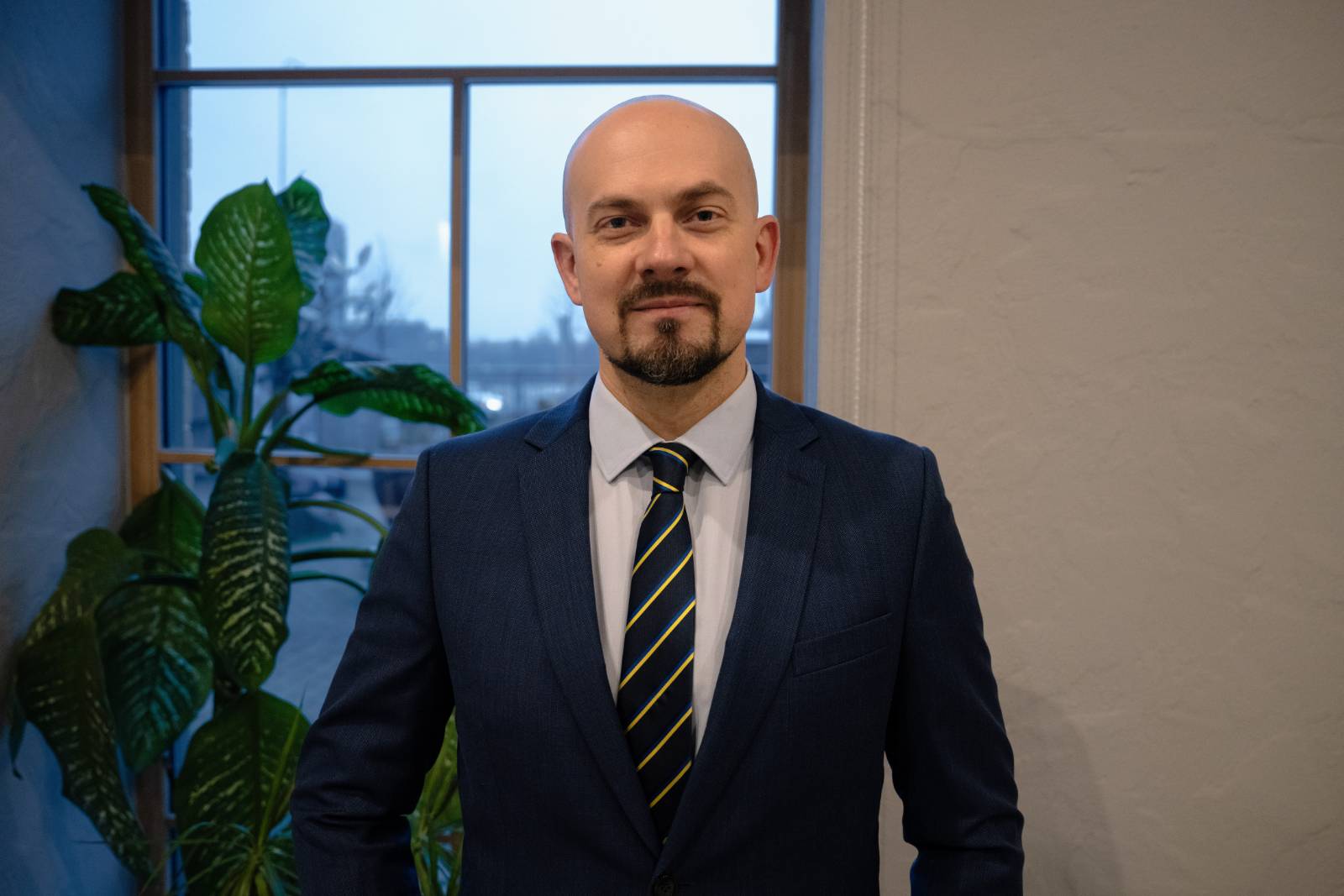14.03.2025
Ensuring critical services: how to plan and act in crises?

Foto: Kaspars Filips Dobrovoļskis
Liene Cipule
Recent years have shown that crises can affect any country – in the form of military conflicts, natural disasters or health crises. For Latvia, as for other European countries, it is essential to ensure the continuity of critical services, as they are fundamental to the survival of society. What should be done if emergency medical assistance does not arrive in time? What if pharmacies run out of medicines? What if communication and energy networks are paralyzed? These questions are no longer just theoretical – they are a reality for countries facing the threat of war, cyber security risks and economic instability.
For example, Ukraine has experienced how the availability of critical services varies across regions during wartime – in the east, many hospitals and energy infrastructure have been destroyed, while in the west, the system is functioning relatively better. Such scenarios may not be as pronounced in Latvia, but communication disruptions, energy shortages and logistical problems can also seriously affect the provision of critical services in our country.
Latvia and other European Union countries are currently working on crisis management strategies to ensure the availability of medical, energy and food resources in all circumstances. However, the question remains: are we sufficiently prepared? What mistakes need to be corrected and what solutions are needed to enable our country to respond quickly and effectively?
Plan now to act later
The continuity of critical services in a crisis is not self-evident – it must be carefully planned and ensured through a clear strategy and flexible adaptation to the situation. One of the biggest mistakes is to assume that solutions can be found quickly during a crisis if practical mechanisms for dealing with different scenarios have not been developed in advance. In the medical sector, this means defining precisely what resources will be needed, where they will be located and how they will be delivered when they are most needed.
In any crisis, the first step is to recognize and anticipate resource shortages – this is inevitable. During the pandemic, we saw hospitals facing a shortage of beds, oxygen and protective equipment on a daily basis, which initially seemed impossible in a developed European Union country. Crises can take many different forms, so the specific resources required will also vary. During floods, the main concerns will be safe evacuation and access to drinking water, while in the event of a military conflict, not only will larger medical supplies be needed, but also the ability to stabilize victims in conditions where there is a lack of communication and access to infrastructure.
In Ukraine, for example, the health care system near the front line is under enormous pressure. Hospitals are being evacuated, staff are forced to work without guarantees of a constant supply of electricity and water, and it is planning that determines whether lives will be saved or lost. This experience is very important for us in Latvia, as there is currently an active debate about whether hospitals are prepared to operate in circumstances where traditional supply chains are disrupted and the demand for assistance is growing exponentially.
Are Latvian hospitals prepared for a crisis?
It is often believed that hospitals and health care institutions are prepared for any situation, but in reality, there is a lack of not only material resources, but also clear operating procedures. In the event of a military threat, several critical sectors could be affected simultaneously – communications, infrastructure, food supplies and medical reserves. This means that the capacity of hospitals alone will not be sufficient to provide assistance – precise coordination between state institutions, logistics companies and even the public, which will be part of the crisis management system, will be necessary.
To prevent this from happening, it is strategically important to activate and implement clear action plans that define responsibilities and resource management. Who should decide when to use the country’s strategic reserves? What resources will be reallocated in the first few hours, and which ones will be saved for the long term? These questions often remain unclear until the crisis has already begun. The pandemic experience showed that strategic reserves were not optimally distributed and that the mechanisms for their release were not sufficiently flexible.
Why is planning alone not enough?
One of the biggest challenges is the readiness of the public and health care personnel to act in non-standard situations. Estonia is a good example, as it conducts regular simulations to test how hospital staff respond to various threats, including cyber attacks and physical threats to infrastructure. Such tests are also carried out in Latvia, for example, the Emergency Medical Service, together with the National Armed Forces, the National Guard and the State Security Service, conducts regular training. At the same time, pharmacies, medical institutions and family doctors’ practices are not involved, which raises questions as to whether this part of the overall resilience mechanism knows how to act if communications are disrupted or the number of patients exceeds available resources.
Flexibility is the key word here – if the national system is too bureaucratic and does not allow for rapid adaptation, the provision of critical services will be delayed. During Covid-19, we saw how decision-making tended to drag on, but hospitals needed solutions immediately. Just as rapid response and correct prioritization are important in individual patient care, crisis management at the national level must also be based on these principles.
At this point, it is not just a question of the medical sector, but of the collective ability of countries and communities to act effectively and thoughtfully. Crises never unfold according to a pre-prepared script, and the only way to overcome them is to act dynamically, using pre-developed but flexible plans. This means not only building up strategic resources, but also having clear, tested systems in place to ensure that these resources are used as effectively as possible when the time comes.
We need to change our mindset. From “let’s hope nothing happens” to “let’s prepare for it to happen.” Crises do not come with a warning, and they never unfold exactly according to plan. Therefore, national preparedness must not only be theoretical, but also tested in practice and adaptable to different circumstances. The provision of critical services depends on a clear strategy, effective resource management and the ability to make decisions without delay.
In the future, it will be essential to strengthen not only the preparedness of state institutions, but also public involvement and awareness of how to act in a crisis situation. If we want to be truly prepared, we must start thinking not about whether a crisis will come, but about how we will respond to it. Only rapid adaptation and effective cooperation will ensure security and stability even in the most difficult circumstances.
The author is the director of the Emergency Medical Service and one of the founders of the think tank Resilience of Health Care Systems.



